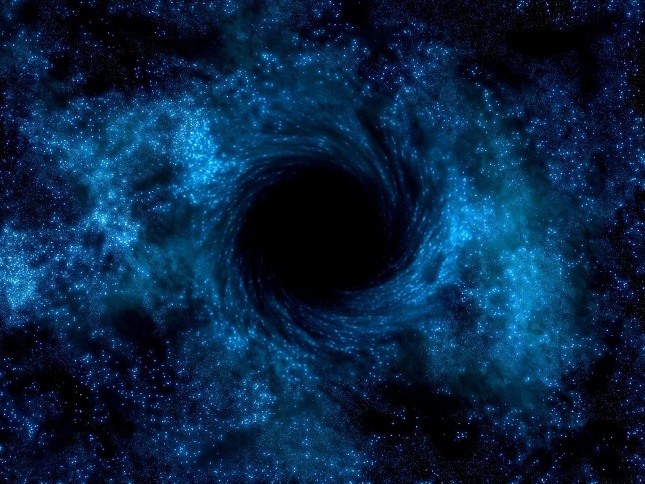 The most recent event of this kind, known as the Laschamp excursion,
took place 41 000 years ago. Evidence for the event was uncovered by the
researchers in sediment cores collected off the coasts of Portugal and
Papua New Guinea. In the samples, they found an excess of beryllium-10,
an isotope produced solely by collisions between particles of cosmic
origin and atoms of nitrogen and oxygen. The beryllium-10 (10Be)
produced in the atmosphere then falls to the Earth's surface where it is
incorporated into ice and sediments. In sedimentary beds dating from
the age of the Laschamp excursion, the researchers found up to twice as
much 10Be as normal, evidence of the intense cosmic ray bombardment that
the Earth underwent for several thousand years.
The most recent event of this kind, known as the Laschamp excursion,
took place 41 000 years ago. Evidence for the event was uncovered by the
researchers in sediment cores collected off the coasts of Portugal and
Papua New Guinea. In the samples, they found an excess of beryllium-10,
an isotope produced solely by collisions between particles of cosmic
origin and atoms of nitrogen and oxygen. The beryllium-10 (10Be)
produced in the atmosphere then falls to the Earth's surface where it is
incorporated into ice and sediments. In sedimentary beds dating from
the age of the Laschamp excursion, the researchers found up to twice as
much 10Be as normal, evidence of the intense cosmic ray bombardment that
the Earth underwent for several thousand years.Traditionally, the presence of various iron oxides, especially magnetite, in volcanic lavas, sediments and ancient pottery provides information on the history of the magnetic field by indicating its direction and strength at the time when these materials solidified.
This so-called paleomagnetic approach does not always allow global
variations in the magnetic field to be quantified accurately. The
researchers combined this method with the measurement of beryllium-10
concentrations in the same sedimentary records. This enabled them to
demonstrate that peak concentrations of this isotope are synchronous and
have the same dynamics and amplitude in Atlantic and Pacific sediments
as in the previously analyzed Greenland ice cores. The method based on
beryllium-10, which has been developed over the past 10 years at CEREGE,
therefore makes it possible to obtain a continuous reconstruction of
variations in the strength of the Earth's global magnetic field. It is
also known that over the past 3000 years the magnetic field has lost 30%
of its strength. This trend suggests that in the coming centuries, the
Earth might undergo an excursion similar to the one that took place 41
000 years ago. Since high energy cosmic rays can cause mutations and
cell damage, such an event would have a significant impact on
biodiversity, and in particular on humans. This is why the researchers
are seeking to find out the precise rates of the magnetic field's
reversal and excursion sequences, in order to identify potential
regularities in its behavior and thus shed light on the cause of these
phenomena, which originate in the Earth's core. - PHYSORG.





.jpg)




